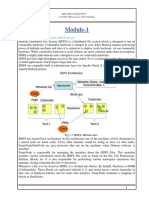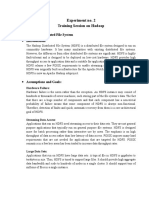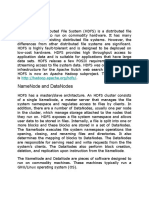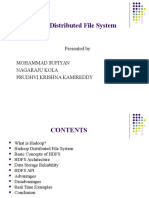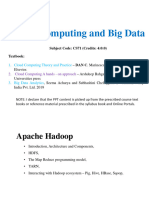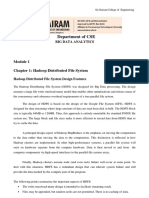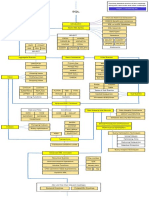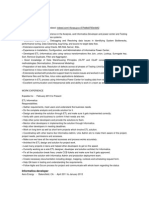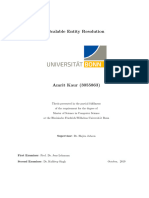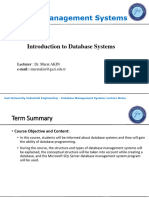0% found this document useful (0 votes)
28 views10 pagesHadoop Architecture Overview
The Hadoop Distributed File System (HDFS) is a fault-tolerant distributed file system optimized for large data sets and designed to run on commodity hardware. It employs a master/slave architecture with a single NameNode managing the file system namespace and multiple DataNodes handling data storage, emphasizing high throughput over low latency. HDFS supports a write-once-read-many access model, data replication for reliability, and a simple coherency model, making it suitable for applications like batch processing and web crawling.
Uploaded by
160421737033Copyright
© © All Rights Reserved
We take content rights seriously. If you suspect this is your content, claim it here.
Available Formats
Download as PDF, TXT or read online on Scribd
0% found this document useful (0 votes)
28 views10 pagesHadoop Architecture Overview
The Hadoop Distributed File System (HDFS) is a fault-tolerant distributed file system optimized for large data sets and designed to run on commodity hardware. It employs a master/slave architecture with a single NameNode managing the file system namespace and multiple DataNodes handling data storage, emphasizing high throughput over low latency. HDFS supports a write-once-read-many access model, data replication for reliability, and a simple coherency model, making it suitable for applications like batch processing and web crawling.
Uploaded by
160421737033Copyright
© © All Rights Reserved
We take content rights seriously. If you suspect this is your content, claim it here.
Available Formats
Download as PDF, TXT or read online on Scribd
/ 10



